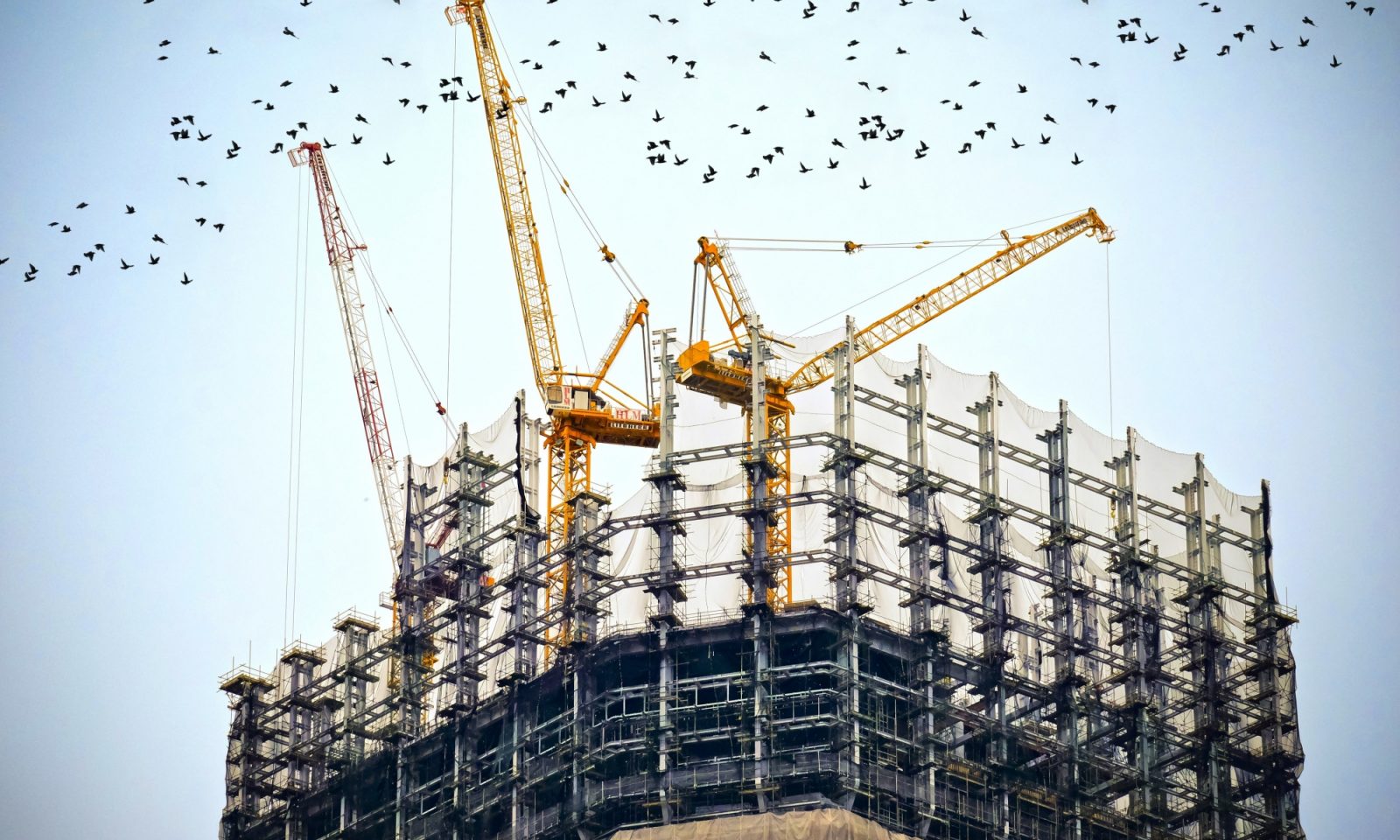Launched in 2015, the Sustainable Development Goals (SDGs) are now gathering momentum, and not only for governments to improve their citizens’ lives, but also as a blueprint for businesses’ strategies. So what does this mean for companies in the construction and property sector?
Those of you who were at ecobuild earlier this month will know that the SDGs were on everyone’s lips as the conference asked, "how can the built environment sector collectively help to deliver the Sustainable Development Goals?"
On the first day of ecobuild, Bioregional organised and facilitated a workshop exploring how companies can best get started with action for the goals. In one exercise, participants were given imaginary companies and asked to map the SDGs based on impact and priority.
These companies spanned the construction and property industry, from design to construction, to operations, and included housing associations, developers, engineering firms and architect firms.
It was fascinating to hear what the participants saw as having the most and least impact for the industry – do you agree with them?
The Goals with the greatest potential for the sector:
- Goal 3: Good health and well-being
- Goal 4: Quality education
- Goal 7: Affordable and clean energy
- Goal 11: Sustainable cities and communities
- Goal 12: Responsible consumption and production
- Goal 13: Climate action
These are the Goals where participants thought the construction and property sector could have the greatest impact. Links to health (SDG3) and education (SDG4) exist not only through direct design or construction of hospitals and schools, but also through their own day-to-day operations. Increasingly, companies are choosing to nurture their employees’ health, and support personal and professional development.
Energy (SDG7) and climate change (SDG13) have also been the focus of many companies. As countries push towards cleaner energy and a world below a 2-degree warming threshold, businesses will be asked to contribute to the global efforts, most likely through increasingly restrictive policy.
It is becoming more apparent how closing the loop and circular economy (SDG12) have real relevance to the industry. This will be directly linked to waste, particularly during the construction phase.
Finally, with more than half of the world now living in cities, the future of sustainability in urban environments (SDG11) is key. Companies in the built environment will have a crucial role to play on how best to design and build in order to achieve a sustainable future for all.
The Goals at the bottom of the list:
- Goal 2: Zero hunger
- Goal 10: Reduced inequalities
- Goal 14: Life below water
- Goal 15: Life on land
- Goal 16: Peace, justice and strong institutions
- Goal 17: Partnerships for the goals
The Goals are interlinked and interdependent, but for companies, the tendency is to focus on those that they can influence, and which are important from a strategic point of view. Participants deprioritised 7 of the 17 SDGs, seeing them as less important for the construction and property sector.
This of course does not mean that these SDGs are not important, and some companies might still choose to focus on them, depending on the sector they specialise in. For instance, it might not seem apparent that companies need to address life below water and life on land (SDG14 and 15), but a lot of new construction will directly affect local wildlife.
The Goals that created the biggest debate:
- Goal 1: No poverty
- Goal 5: Gender equality
- Goal 8: Decent work and economic growth
- Goal 9: Industry, innovation and infrastructure
Depending on which imaginary company participants represented, these four Goals ended in very different places on the impact versus priority axes. Many will not immediately see a direct link between fighting poverty (SDG1) and the property and construction sector. However, in the UK alone, the construction sector contributes £138bn per annum to the UK economy and employs around 9% of the total workforce. This could suggest that employers might have a greater role to play than first thought.
While all agreed that the built environment could have a medium to high impact on gender equality (SDG5), there was disagreement on whether this should be a priority for companies. Here again, the influence of the sector should not be minimised; only 13% of the >2.5 million people employed by the sector are women, and companies can work to create a more gender balanced and diverse workforce.
Participants thought that decent work and economic growth (SDG8) should be a priority for companies, but were not in agreement as to what impact they could have. The real surprise came with SDG9 – innovation and infrastructure: participants could not agree on where to place this Goal along the impact and priority scales. It appeared at different ends of the graph (high impact and high priority, as well as low impact and low priority) and in numerous places between.
This SDG was highlighted by the World Green Building Council as one of the most important goals for the sector. Indeed, many reports, including the ‘Better Business, Better World’ say innovation is one of the key drivers for companies to embed the SDGs in business strategies. With new demands and constraints on the industry, companies will need to adapt and innovate fast to keep up with demands from clients and tighter government regulations.
So what should your company do now? What steps can you take to incorporate the SDGs in your sustainability strategy? Our guide to the SDGs for property and construction companies can help you get started.






